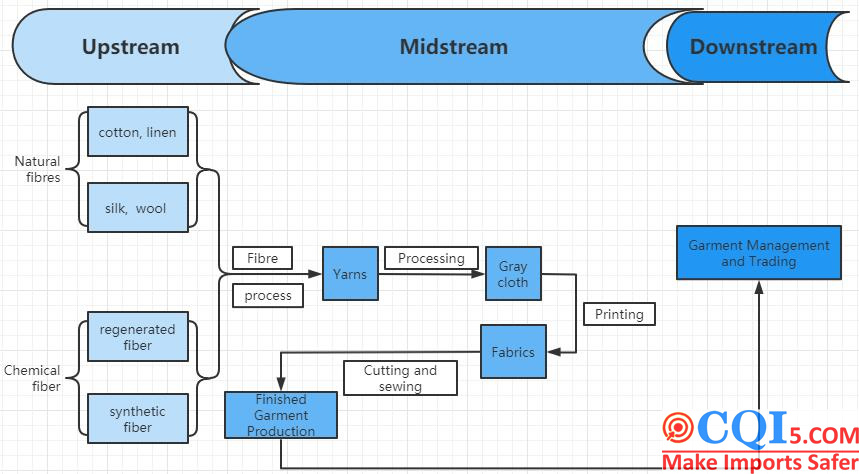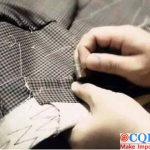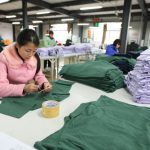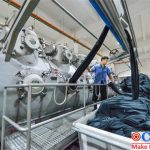The textile and garment industry is divided into three layers: the upstream raw material supply industry, the midstream textile & textile and garment manufacturing industry, and the downstream garment trading industry. The important core element of the textile and garment industry is the midstream and upstream textile manufacturing part, which is still under development with a low level of technology in the industry.
In terms of geographical distribution, enterprises in the textile and clothing industry are more concentrated in advanced areas of integrated development such as Jiangsu and Zhejiang, raw material production areas such as Xinjiang, and trade developed areas such as Guangdong, Shanghai and Fujian.
Textile originally meant the general term for traditional hand-produced spinning and weaving, and now refers to natural dimension or chemical fibers as raw materials, processed by hand or machine, used for clothing, home textile products, industrial textiles manufacturing of textiles, which are used for clothing manufacturing of fabrics that are clothing textiles.
The textile and clothing industry chain includes the upstream raw material supply and manufacturing industry, the midstream garment manufacturing industry and the downstream garment management and trading industry. The textile and garment manufacturing industry is the industry that uses textile fabrics as the main raw material, which is cut and sewn into a variety of men’s and women’s garments as well as children’s ready-to-wear garments.
The textile and garment trading industry is where garment traders purchase garments from garment manufacturers or higher level traders and sell them to end customers or lower level traders.

The core elements of the textile and apparel industry are the upstream textile manufacturing part, which is mainly exported to the export market. The core key points are: the company’s ability to automate equipment, technology research and development, cost and scale, and order stability; the downstream brand retail part: the domestic domestic market is the main market, and the core key points are: brand, product design, channels, supply chain, etc. As there are many manufacturing links in textile and apparel, the number and types of enterprises associated with the textile and apparel industry chain are also high.
According to the results of the relevant data, the heat distribution of China’s textile and garment industry is as follows, the provinces with high industry heat values are Shandong Province, Guangdong Province, Jiangxi Province, Jiangsu Province and Zhejiang Province, followed by the second echelon of Hebei Province, Hubei Province, Shaanxi Province and Xinjiang Autonomous Region.
Provinces such as Jiangsu, Shandong and Jiangxi mainly concentrate a number of garment textile manufacturing enterprises and garment manufacturing enterprises, Guangdong Province gathers a number of garment trading enterprises, and Xinjiang Autonomous Region gathers more raw materials such as cotton supply enterprises.
In terms of the regional distribution of textile and garment manufacturing in China, the industry chain enterprises are concentrated in China’s eastern and southern coastal areas and raw material production areas such as Xinjiang. In comparison, enterprises in Zhejiang Province and Jiangsu Province cover a wider range in the industry chain, basically covering the upper, middle and lower reaches of the textile and garment industry chain, while enterprises in other provinces such as Fujian Province, Shandong Province and Guangdong Province are mainly fabric and garment trade and economic enterprises.
Disclaimer:
CQI5 article information from the Internet and contributions, the copyright of which belongs to the original author, and only represents the views of the original author. This website is only responsible for sorting out, typesetting and editing the articles, reproduced for the purpose of spreading more information, does not imply that it endorses its views or proves the truthfulness, completeness and accuracy of its content, and therefore does not assume any legal responsibility.
The information contained in this article is for reference only and is not intended as direct advice for decision-making.
If we inadvertently violate your copyright, please inform us, after verification, we will immediately correct or delete the content according to the requirements of the copyright holder, thank you! Contact, email: copyright@cqipro.com
This website has the final right to interpret this statement.
Welcome to reprint, please be sure to keep information complete.





